Understanding the Role of TSP Dryer Machines in Phosphate Fertilizer Granulation
The process of manufacturing phosphate fertilizers is a complex one, involving several stages from raw material mixing to granulation and final packaging. One of the key pieces of equipment in the granulation process is the TSP dryer machine. This machine plays a crucial role in ensuring the quality of the final product by efficiently drying the granulated fertilizers and optimizing their texture, size, and storage properties.
A TSP dryer machine is a specialized piece of equipment used in the production of Triple Superphosphate (TSP) and other phosphate-based fertilizers. It is designed to dry the wet granules after they have been formed during the granulation process. The drying step is essential in reducing the moisture content of the granules, ensuring they are of the desired quality and durability for storage and use in agriculture.
The TSP dryer machine typically operates using hot air or gas to remove moisture from the granules. This process ensures that the fertilizer maintains its integrity and can be stored for long periods without deterioration. In addition, drying helps in improving the appearance and ease of application, which are important factors for farmers when using the final product.
The Role of TSP Dryer Machine in Fertilizer Granulation
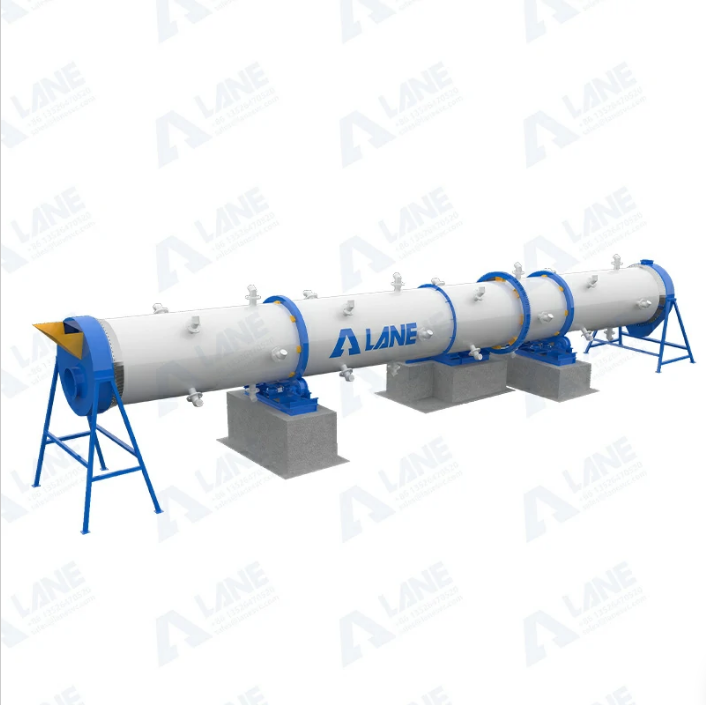
1. Moisture Control
Granulation is the process of forming small granules from a mixture of powdered raw materials and binders. During this process, moisture is introduced to help bind the particles together. However, too much moisture in the granules can make them weak and prone to clumping. The TSP dryer machine plays a critical role in removing excess moisture, which helps in forming high-quality, stable granules that do not break easily during handling or transportation.
By maintaining the appropriate moisture level, the TSP dryer machine ensures that the granules have the right hardness and size, leading to improved application and effectiveness in the soil. Fertilizers with optimal moisture content are easier to spread and more efficient in delivering nutrients to plants.
2. Enhancing Fertilizer Quality
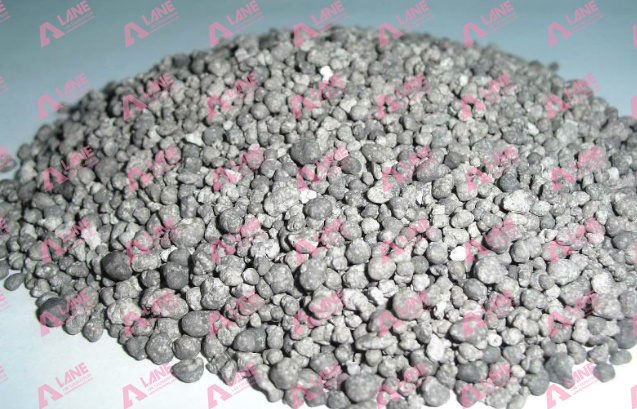
The quality of phosphate fertilizers is largely determined by the size, texture, and uniformity of the granules. A TSP dryer machine helps achieve a consistent texture and shape by drying the granules evenly, ensuring they do not become overly sticky or powdery. This is important not only for the ease of application but also for ensuring that the fertilizer has the desired nutrient release rate.
A uniform granule size helps in preventing uneven distribution when the fertilizer is applied to the soil. Fertilizers with inconsistent granule sizes can result in uneven nutrient distribution, which could impact crop growth and yield. By improving the uniformity of the granules, the TSP dryer machine enhances the overall quality and effectiveness of the fertilizer.
3. Improving Storage and Shelf Life
After granulation, phosphate fertilizers need to be stored before they are packaged and shipped to customers. Moisture content plays a significant role in the storage and shelf life of the product. Excess moisture can cause the granules to clump together, leading to caking and making the fertilizer difficult to handle.
The TSP dryer machine helps to ensure that the granules are sufficiently dried, thus preventing moisture-induced clumping and ensuring that the fertilizer maintains its free-flowing nature during storage. This not only improves the handling and transportation of the fertilizer but also extends its shelf life, making it suitable for long-term storage without significant degradation.
4. Energy Efficiency and Cost-Effectiveness
One of the important advantages of modern TSP dryer machines is their energy efficiency. These machines are designed to use the least amount of energy necessary to achieve optimal drying results. Advanced TSP dryer models feature energy-saving mechanisms like heat recovery systems and variable-speed motors, which reduce energy consumption and operating costs.
By investing in an energy-efficient dryer machine, fertilizer manufacturers can lower production costs while maintaining the quality of the final product. This ultimately leads to more cost-effective production, which is beneficial for both manufacturers and consumers.
How TSP Dryer Machines Work
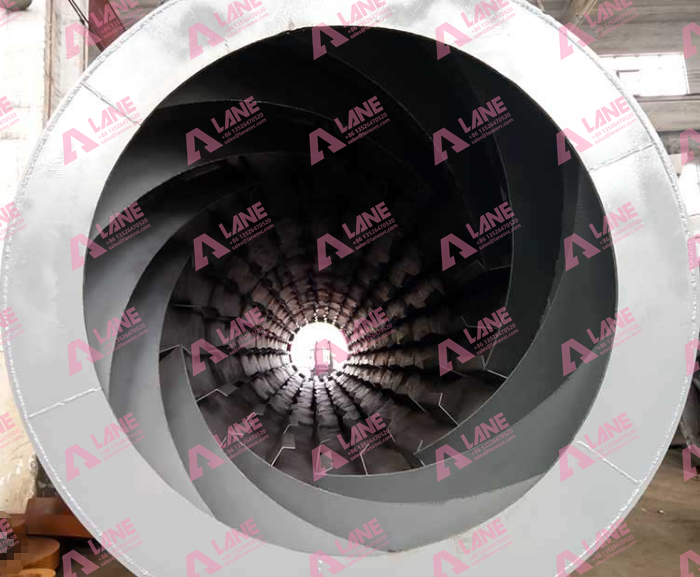
The typical TSP dryer machine operates in a continuous manner, where the wet granules are fed into the drying chamber, and hot air or gas is circulated to remove moisture. Here’s an overview of the drying process:
- Granule Feeding: Wet granules from the granulation process are fed into the dryer, usually through a conveyor or chute. The moisture content of these granules is typically between 15% and 30%.
- Hot Air Circulation: The drying chamber is heated by either hot air or gas, which is circulated around the granules. The temperature and airflow are carefully controlled to ensure efficient drying without damaging the granules.
- Moisture Evaporation: As the hot air comes into contact with the wet granules, moisture begins to evaporate. The moisture-laden air is then vented out of the dryer.
- Cooling: After drying, the granules are cooled down to prevent them from becoming too hot, which could lead to degradation or further drying. Cooling also helps in reducing the temperature of the granules, making them easier to handle and store.
- Discharge: Once the granules have reached the desired moisture content and temperature, they are discharged from the dryer and are ready for further processing, including packaging and storage.
Key Advantages of Using a TSP Dryer Machine
- Consistency in Product Quality: The ability to control moisture levels ensures that the final product has a consistent texture, size, and quality, which is crucial for effective fertilization and ease of application.
- Improved Handling and Storage: Properly dried granules are less likely to clump or cake, making them easier to store, transport, and handle.
- Energy Efficiency: Modern TSP dryers are designed to use less energy, reducing operational costs and contributing to more sustainable production practices.
- Long Shelf Life: By reducing moisture content, TSP dryers extend the shelf life of phosphate fertilizers, ensuring they remain usable over time without degradation.
Conclusion
The TSP dryer machine plays a vital role in the phosphate fertilizer production process, particularly in the granulation stage. By controlling moisture levels, improving granule quality, and ensuring proper storage conditions, the TSP dryer machine contributes significantly to the overall efficiency and effectiveness of fertilizer production. As the demand for high-quality phosphate fertilizers grows, investing in advanced drying technologies will continue to be an important step for fertilizer manufacturers aiming to optimize their production process and meet market needs.
Latest Articles & Tips
More-
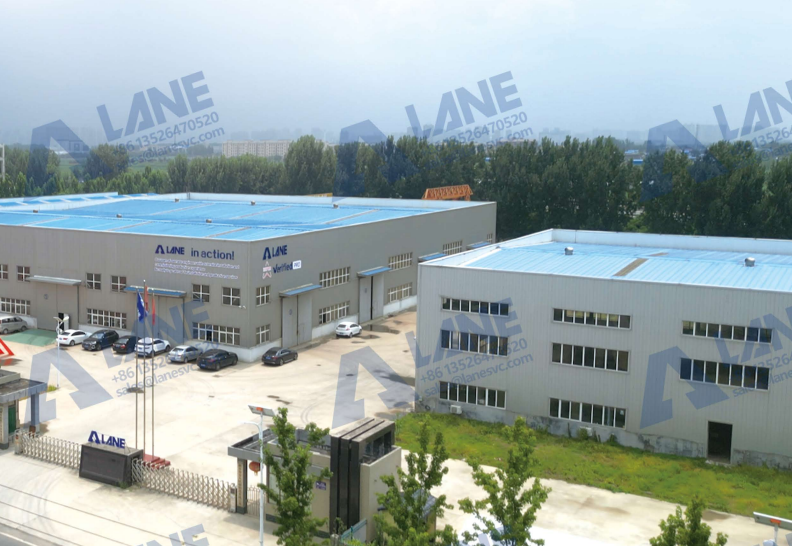
03/14
OEM Fertilizer Equipment Manufacturing: Custom Solutions for Your Production Needs
read more -
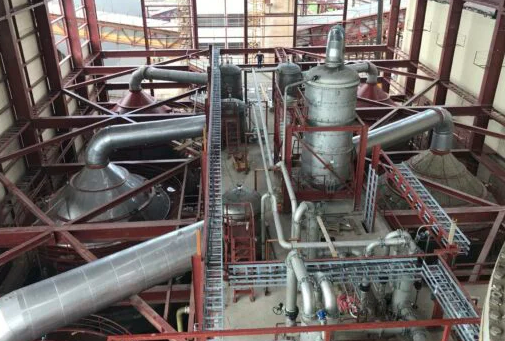
02/27
Fertilizer Granulation for DAP and MAP: Enhancing Efficiency in Fertilizer Production
read more -
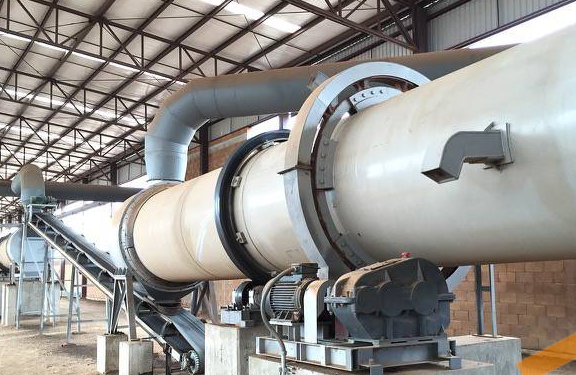
02/27
Fertilizer Production Solutions: Optimizing Efficiency and Sustainability in Fertilizer Manufacturing
read more -
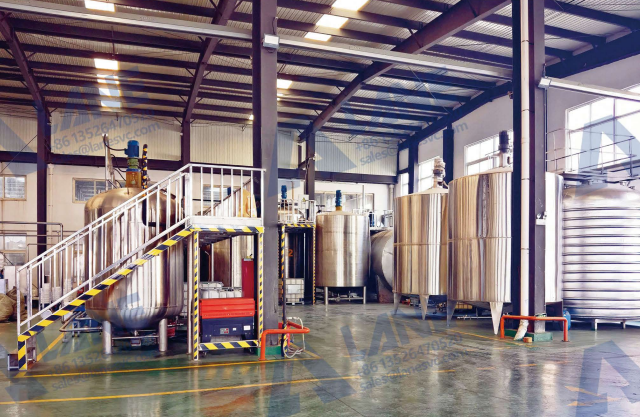
02/13
Chemical Fertilizer Production Line: Enhancing Agricultural Productivity with Precision Manufacturing
read more



Send a message to us